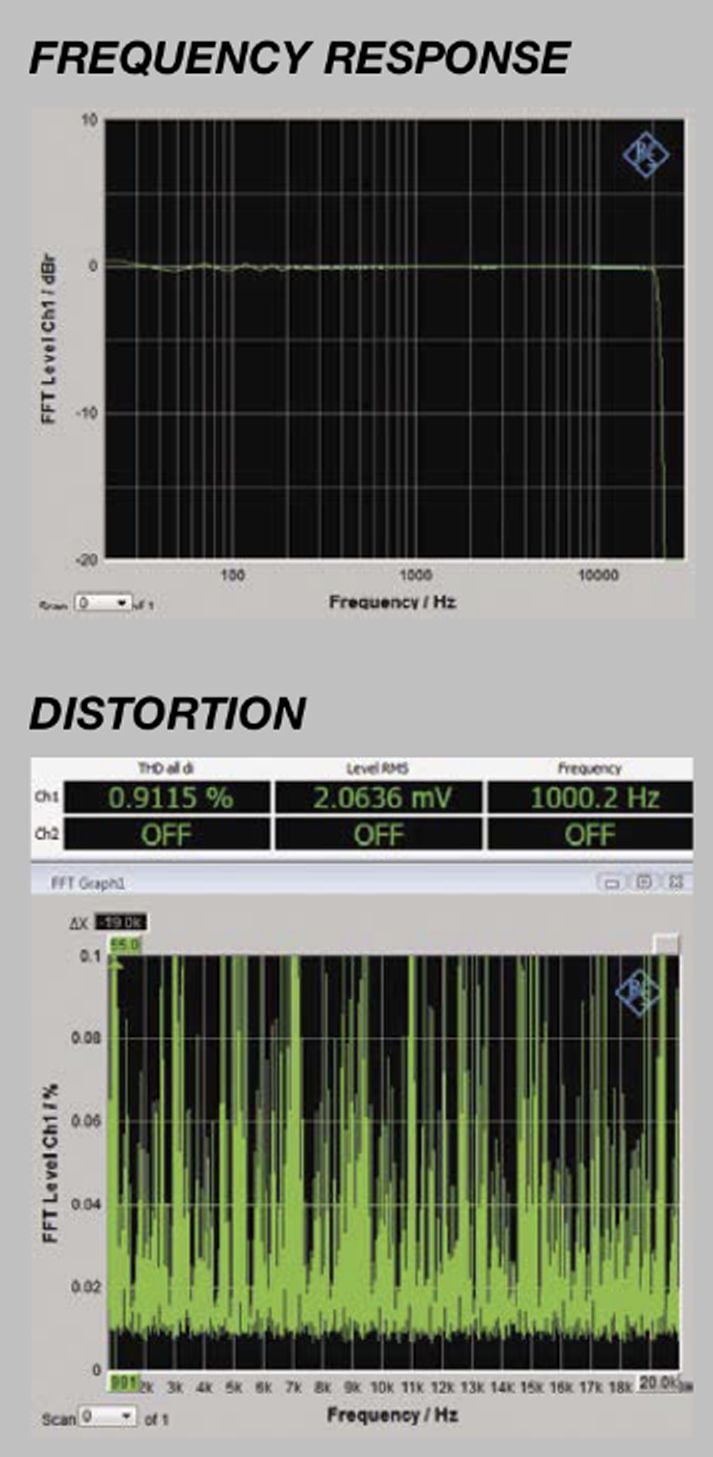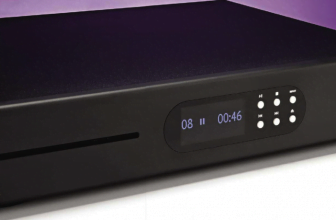PRO-JECT CD BOX S3 Review: Living in a Box
Martin Pipe listens to his compact discs on a compact player. Read our PRO-JECT CD BOX S3 Review.
Back in the mists of time, when ‘digital’ was a thing, CD players were expensive and aspirational items. As a result those ostentatious front panels were loaded with buttons, alongside fluorescent displays that were flashy in all senses of the word. While your peers remained locked in the analogue age with their scratchy vinyl and poor pressings, you were in the exalted position of being able to play the relatively-limited choice of CDs then available…and wanted the world to know it! At this point of audio history, once-treasured LP collections started being consigned to skips or bootsales because listeners had been convinced to buy their music all over again. It wasn’t the first time this has happened -and it won’t be the last.
Nowadays, CDs are themselves being unceremoniously ’skipped’ -not quite the 40th birthday present the format had in mind. The massmarket prefers to stream music (most of which is CD quality, albeit worsened with lossy compression) ‘on-demand’, while audiophiles have fallen back in love with analogue playback.
We might be at a situation where the listener who discarded the original vinyl after buying the CD version is now opting for the remastered LP (as remastering is a digital process nowadays, why not just buy the music in that form?). Those with more sense than money realised that there is plenty of music on CD, the throwaways and charity-shop bargains enabling a pretty good music collection to be assembled for next to nothing. And – if done properly – CD can actually sound pretty good. Many of the criticisms could be levelled at early software of lousy quality. Perhaps unfairly, they stuck.
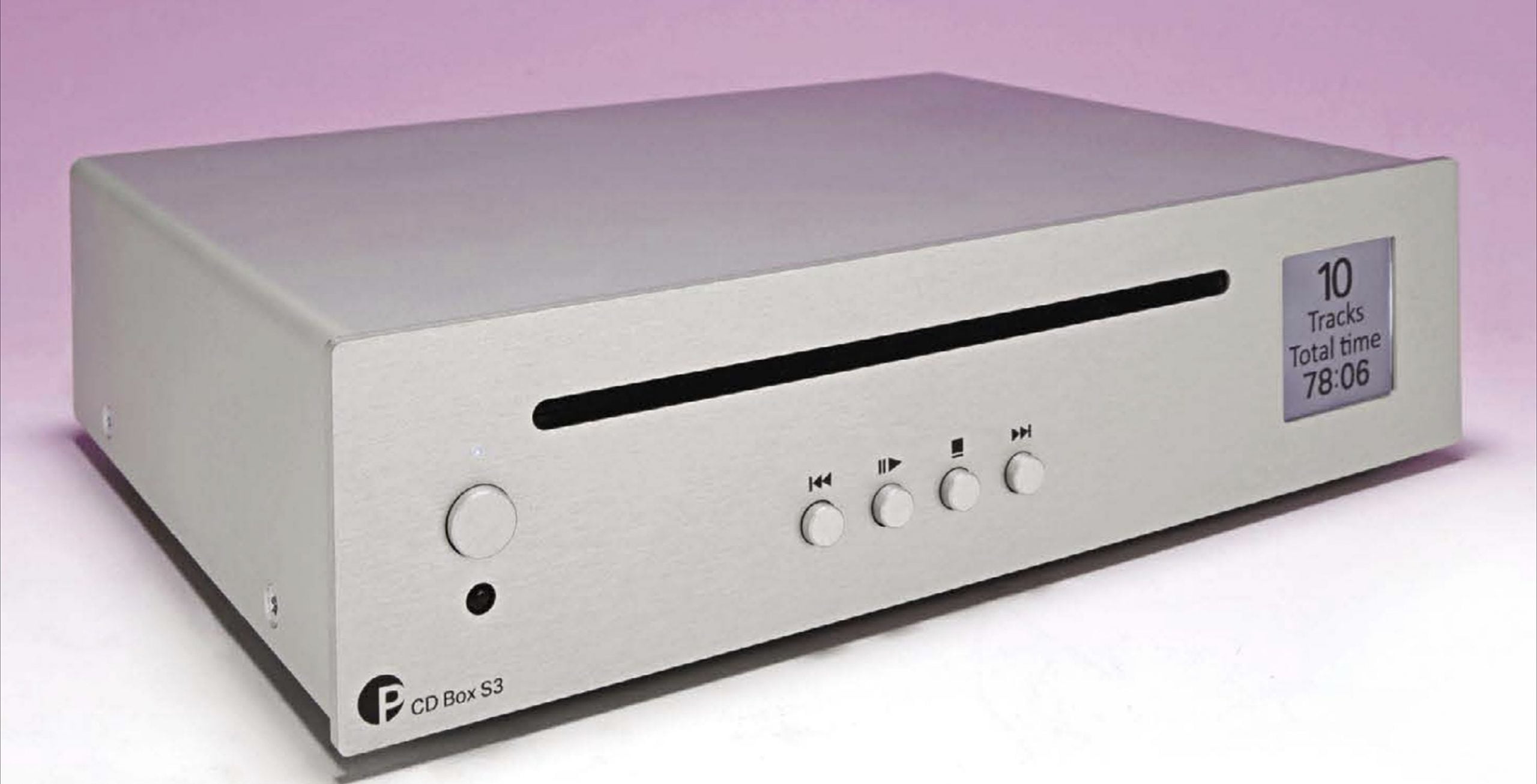
Judging by the discarded CDs I encounter on a near-daily basis, it would seem that the general public is indeed ashamed of those CDs – which, like those similarly-unfashionable DVDs, take up a lot of space in homes that are getting smaller. It is somewhat ironic that Project, which enticed cash-challenged audiophiles to ‘go analogue in the third millenium’ with its budget turntables, is now urging us to reconsider the much-maligned silver disc. Clearly a champion of the underdog, the Austrian hi-fi firm has however been making CD players as small and unobtrusive as possible. A (compact) case in point is the £ CD Box S3. The first of a new Project product line, it occupies the same volume as a handful of jewel boxes.
The neat and uncluttered aluminium fascia presented to the world by the S3 is as far removed from those early Japanese players as it’s possible to get! Helping to achieve its diminutive stature is its transport, which accepts discs via a slot rather than a tray. I’ve had trouble in the past with these internally-complex slot-loading drive mechanisms, which are traditionally associated with in-car audio systems.They don’t handle oddly-shaped or sized discs, but are fine with the standard 5in. type. The drive inside the S3 proved to be reliable, and behaved perfectly no matter how I treated it. Most, but by no means all, of my torture discs – CDs that are scuffed and scratched – loaded and played acceptably.
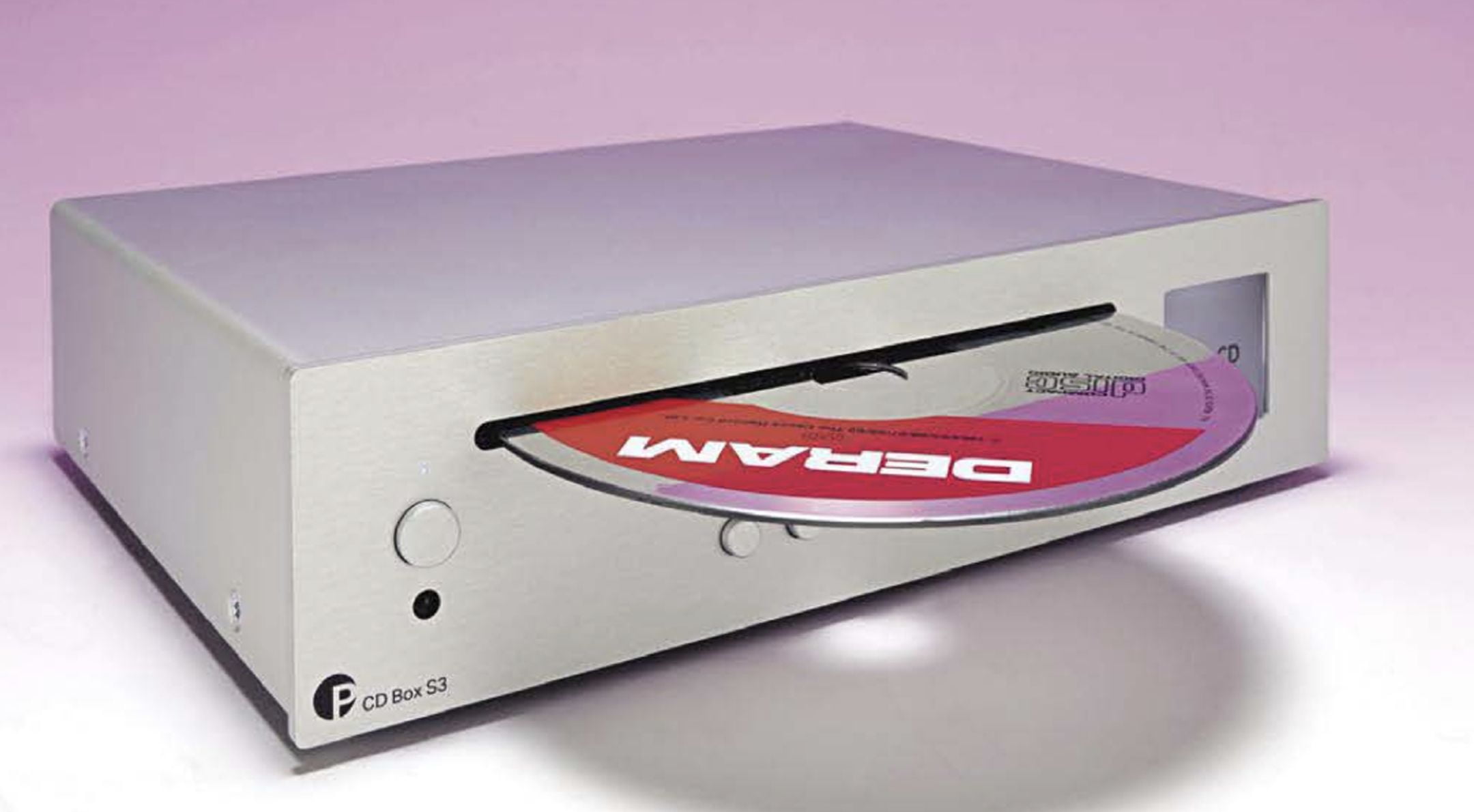
On the threshold of a disc…the CD Box S3’s mechanism is slot-loading. It will accept CD-R and CD-RW media, as well as those of the more familiar silver variety.
In addition to commercial mass-produced CDs, I found that the S3 would play self-recorded CD-Rs and CD-RWs. Unlike some budget CD players, though, the S3 won’t accept CD-ROMs containing MP3 files. Indeed, features are rather sparse.The cheap and plasticky tactile-bubble remote enables you to directly access as well as skip between tracks.You can also arrange for the current track or entire disc to repeatplay if desired, and there’s a pause function (duplicated, like track skip, by front-panel buttons).The volume controls will only be of any use if your amplifier is a Pro-ject model. I was impressed by the readability of the 1.5in. LCD screen, which is white-on-black by default but can be ‘inverted’ if need be. It’s alphanumeric capable; what a pity, then, that CD-Text info cannot be displayed.
The S3 feeds audio into a hi-fi system via analogue phonos or – if used as a transport – coaxial S/PDIF.A peek inside reveals that most of the basic CD player electronics forms part of the bought-in mechanism, which is built around a LC786I6PE ‘jungle chip’. This sends timing and recovered digital audio data – said to be “1:1 bit-accurate” – to a Pro-ject board that contains two Burr-Brown chips – a DIT4096 S/PDIF interface, and a PCM5102A DAC from which the analogue outputs are derived using a collection of surface-mounted components. Power is derived from the supplied 9V d.c. wall-wart, rather than internally-fitted circuitry, raising the possibility of upgrades and unusual energy alternatives. It’s all neat, well-constructed and seems built to last a long time.
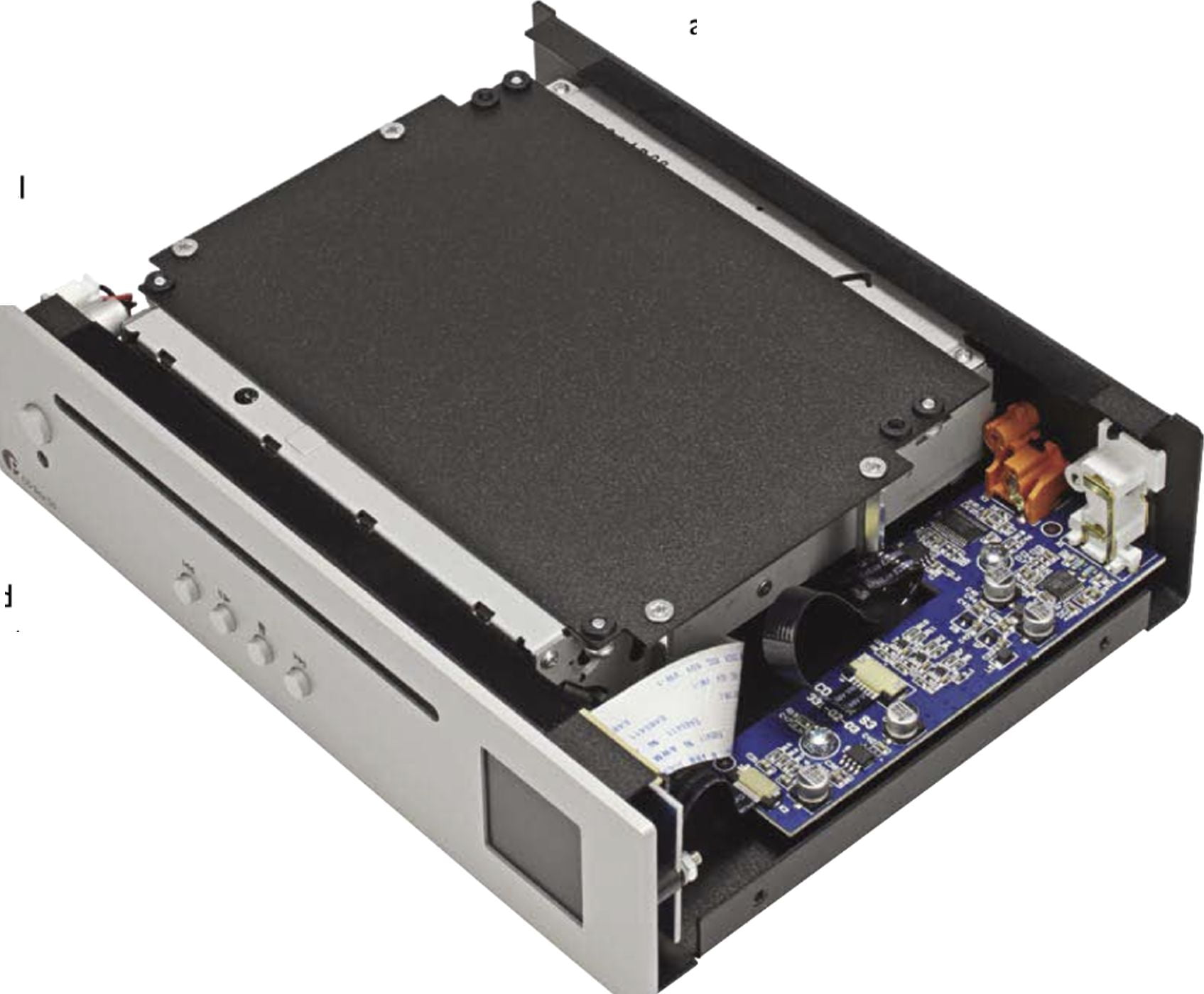
Most of the electronics live under the bought-in mechanism, which sends recovered digital audio data to the small board on the right. This contains two Burr-Brown chips.

Its coaxial digital output and reliance on an external power supply give the CD Box S3 upgrade potential.
SOUND QUALITY
Coupled to a Cambridge Edge NQ/W combo and Quadral Aurum Wotan VIII speakers, I found the S3 to be detailed and communicative. I was impressed by how much percussive information could be retrieved from, for example, the 2009 eponymous debut album by Them Crooked Vultures – the supergroup featuring members of the Foo Fighters, Led Zeppelin and Queens of the Stone Age. Searing Zeppelin-esque guitar sounds were also done justice. Moving to something completely different – Chicane’s Behind the Sun – I found that the bass lacked impact, as revealed by tracks like the Enya-sampling Saltwater.
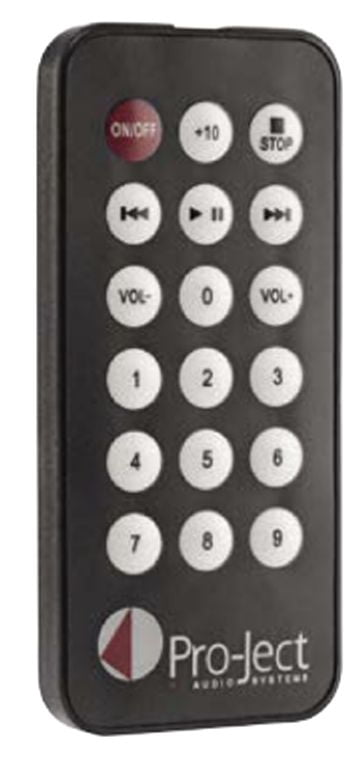
This cheap and plasticky remote was our only real disappointment. Replace it with a decent ‘universal’ when you can!
The heartbeat intro of Pink Floyd’s Dark Side of the Moon also drew me to the same conclusion, while at the same time more happily proving that the S3 copes fine with gapless CDs. Miles Davis’s heavenly Kind of Blue (1997 SBM release) retained its impact, and was rendered with appropriate clarity and tonal colour.With complex orchestral fare – including Sir Colin Davis conducting the LSO for a performance of Hoist’s Planet Suite – I noted that the music could sound a little congested at times, although the stereo image was very good given the S3’s modest price. Used as a transport with the Edge NQ’s DAC, it was felt that the presentation was perceptibly more open. Even so, the S3 performs well for what is to all intents and purposes a budget player.
Miles Davis’s heavenly Kind of Blue (1997 SBM release) retained its impact, and was rendered with appropriate clarity and tonal colour
CONCLUSION
The public may be falling out of love with the CD – indeed, more than half of the discs featured here were rescued from the recycler – but the gimmick-free and refreshingly easy-to-use CD Box S3 proves there’s life in the old format yet. For what is a budget model by audiophile standards, it turns in a creditable performance. As it is, the S3 should serve more affordable systems well. Its digital output provides an upgrade path, enabling it to be used as a no nonsense transport with better DACs. The slot-loading drive performed impeccably and the S3’s neat and unobtrusive form factor should win it friends too.
PRO-JECT CD BOX S3 EXCELLENT – extremely capable.
VALUE – keenly priced.
VERDICT
When you purchase through links on our site, I may earn an affiliate commission. Here’s how it works.
Henley Audio
+44(0)1235 511166
www.henleyaudio.co.uk
MEASURED PERFORMANCE
The CD Box S3 gave normal 2V output at maximum digital level (0dB FS) with an expected distortion value of 0.005%. As level descended however distortion rose quite rapidly below -50dB FS, measuring 0.9% at -60dB where around 0.25% is expected. Since this level was duplicated at the digital output as well, our digital analyser showed, the player’s digital side appeared to be adding noise of some sort; it was not a problem within the DAC. Measured EIAJ Dynamic Range was degraded to 97dB where around 100dB is common from CD – not a large shortfall. NK
DIGITAL
Frequency response 4Hz-21kHz Distortion (-60dB, 16bit) 0.9%
Dynamic range (EIAJ) 97dB
Output 2V
